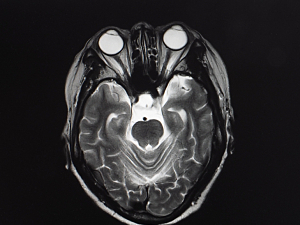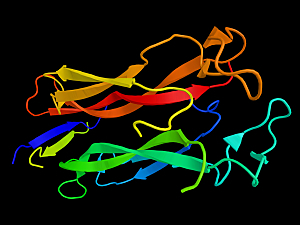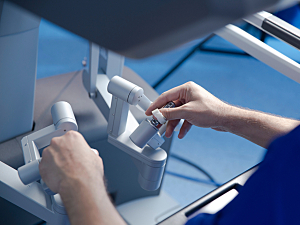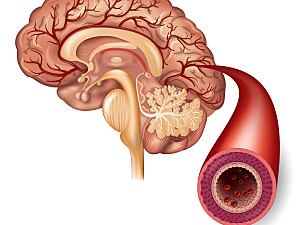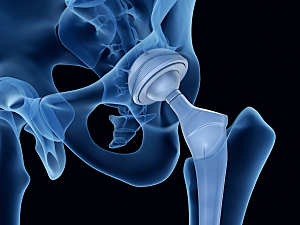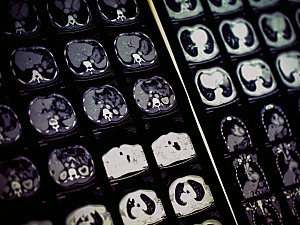Clinic Screens High-Risk Patients to Reduce Incidence of Anal Cancer
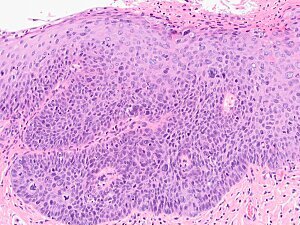
A Brigham clinic offers high-resolution anoscopy to screen for anal dysplasia in people at increased risk of anal cancer due to HPV infection, HIV status, and other factors. Co-founders James Yoo, MD, and Jennifer A. Johnson, MD, explain their mission to reduce the incidence of anal cancer in high-risk populations.
Read More...